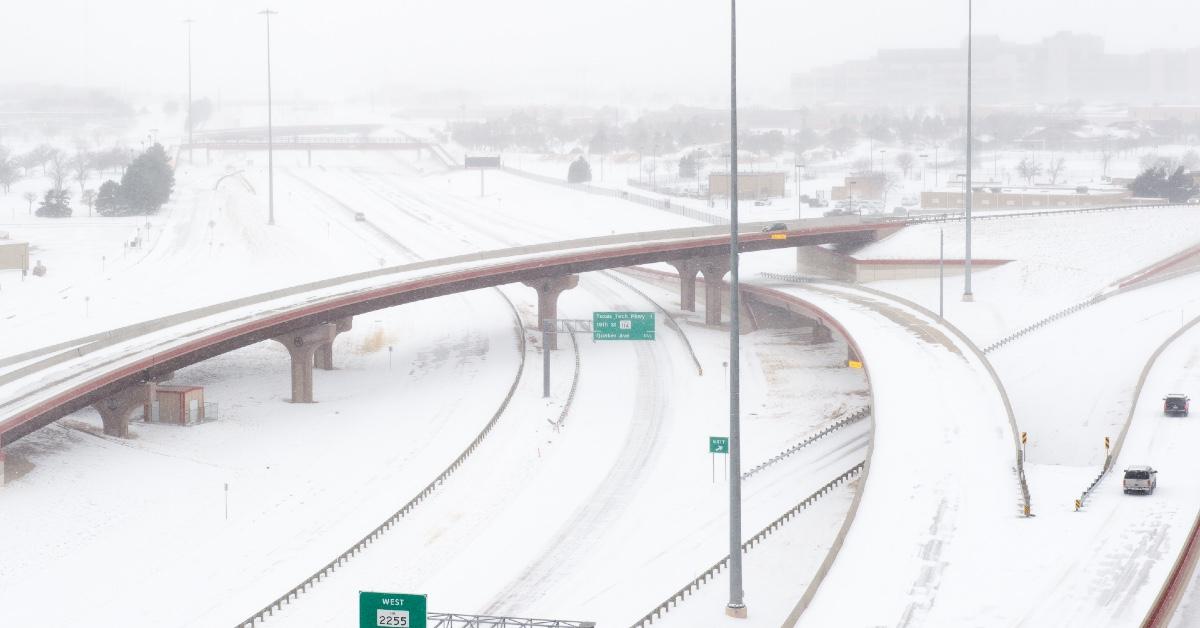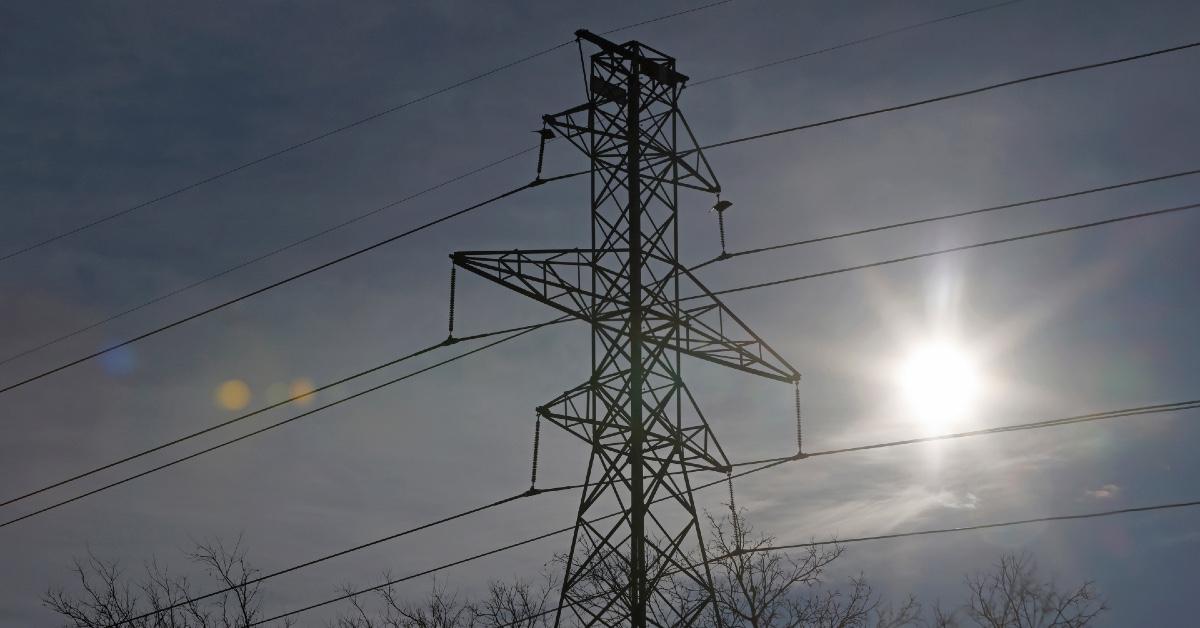Everything You Need to Know About the Texas Power Grid
Published Feb. 18 2021, 1:07 p.m. ET

2021 is a year for firsts, and massive amounts of snow in Texas is definitely a first. Or at least it's something that hasn't happened in a long time. With millions out of power as Texas grapples against record low temperatures, concerned citizens have been curious as to why Texas has its own power grid.
Why does Texas have its own power grid?
An article from USA Today sums it up nicely. Three grids power the whole United States: the Eastern Interconnection, the Western Interconnection, and Texas. The Texas grid is called ERCOT, which stands for Electric Reliability Council of Texas. ERCOT does not cover all of Texas; El Paso, the upper Panhandle, and a chunk of East Texas are not included.

The breakaway from the rest of the states began in 1882, following Thomas Edison putting the country's first power plant in Manhattan. Smaller generating plants appeared across Texas, bringing electric light to cities everywhere. During World War I, individual utilities began to link themselves together.
Smaller, more regional plants in Texas limited options during World War II when the war effort needed large amounts of power. Creating connections enabled power to flow from all over Texas to where it was needed most. (For example, it allowed them to send extra electricity to support the ramped-up factories aiding the war effort.) That grid became the Texas Interconnected System.
Two separate entities united the Texas Interconnected System under another priority: staying out of the reach of the federal government. President Franklin D. Roosevelt signed the Federal Power Act in 1935, which ensured that the government oversaw interstate electricity sales versus individual electricity management. By not crossing state lines, Texas utilities avoided being subjected to federal rules.
Following a damaging blackout in the Northeast in 1965, ERCOT was formed in 1970 to prevent something similar from happening to Texas. ERCOT has to follow national reliability standards but ultimately doesn't have to adhere to the Federal Energy Regulatory Commission at all.

ERCOT now manages the majority of the state's power for over 26 million customers. Frustrated Texas citizens have wondered why ERCOT didn't prepare for this sooner, despite insistence from ERCOT President Bill Magness that they began preparation a week in advance of the storm. "The grid began preparing for the storm a week ahead of time, but it reached a breaking point early Monday as conditions worsened and knocked power plants offline," Magness said.
What does this mean for the future of Texas?
Magness also told USA Today, "Some wind turbine generators were iced, but nearly twice as much power was wiped out at natural gas and coal plants. Forcing controlled outages was the only way to avert an even more dire blackout in Texas." This blackout has been very dangerous, and not only are residents freezing within their homes, but many are also attempting dangerous methods to keep warm.
Governor Greg Abbott has called the situation "unacceptable" and said he intends to add an emergency item to the state's legislative session about reforming ERCOT. We hope the situation is resolved quickly and effectively to prevent further harm to the citizens of Texas!